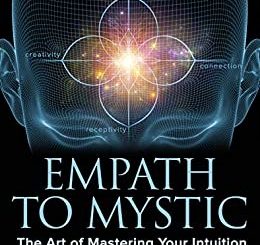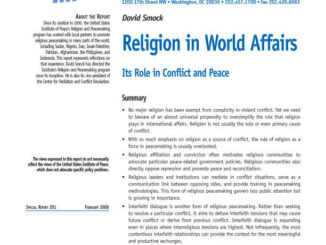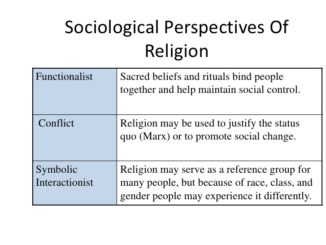
While Western liberal secularism has come to be ridiculed as yet another form of a repressive organized religion, it seems that the Japanese have figured out a way to truly live as they wish. Where else would you find someone who is born within one religion, marries under entirely different customs, and dies as a member of a third religion? Although Shinto is Japan’s indigenous religion (or, more precisely, spirituality), with most births registered with Shinto shrines, the population follows Buddhist and Christian practices as well. Japan is a role model for tolerance in our increasingly polarized world.
Shinto in Japan
Shinto, literally meaning “Way of Gods,” is Japan’s indigenous religion. You will come across several denominations of Shinto in Japan. The most widespread is Shrine Shinto followed by Folk Shinto and Sect Shinto. The imperial family of Japan follows its own brand of Shinto known as the Imperial Household Shinto. Much of the Shinto religion in Japan has been influenced by Buddhist practices. Ko-Shinto, or “Old Shinto” aims to follow the original Shinto prior to the introduction of Buddhism.
Buddhism in Japan
In Japan, you will find mainly three forms of Buddhism: Theravada Buddhism, Mahayana Buddhism and Vajrayana Buddhism. Mahayana Buddhism is most common. Nara Buddhism is practiced in some parts of the country, though not as much as Mahayana. With the arrival of Buddhism in the sixth century, both Shinto and Buddhism were practiced in tandem. However, in 1886, the two were separated as part of the Meiji Restoration. In this separation, Shinto got the status of the official religion. Today, when they pass away, the Japanese choose to be cremated according to Buddhist rituals. In general, they use Shinto for events relating to life, while Buddhism is for events pertaining to death and the afterlife.
Christianity in Japan
Christianity was introduced in Japan by the Portuguese in the 16th century. Toyotomi Hideyoshi of the Momoyama period imposed a ban on Christian missionaries, but the ban was withdrawn during the Meiji Restoration in 1873 and missionaries again started spreading their message. Western Japan has been most heavily influenced by Christianity, though Christian weddings are emerging as a prominent alternate to traditional Shinto wedding ceremonies throughout Japan. Wedding chapels are even being designed as churches. The Japanese also celebrate other Christian holidays and traditions such as Christmas and Valentine’s Day. Interestingly, the men are the ones who receive chocolate from the women on Valentine’s Day in Japan, only to give back on a separate celebration of love known as White Day.
Proudly WWW.PONIREVO.COM
Source by Josh Shulman



